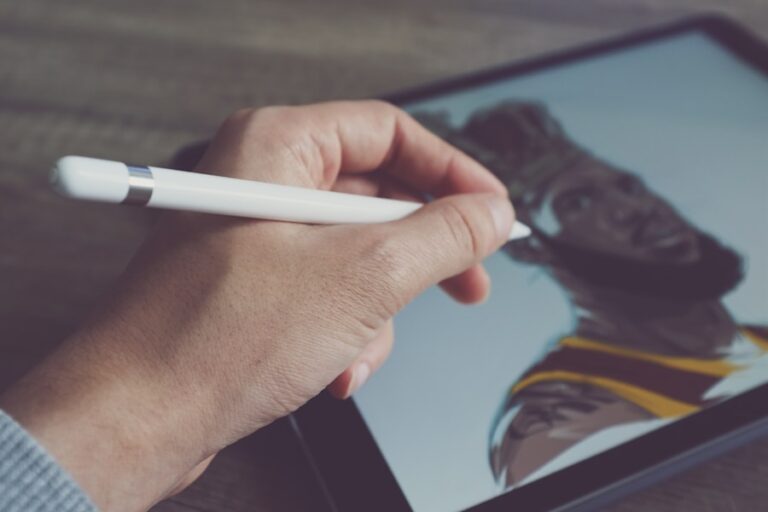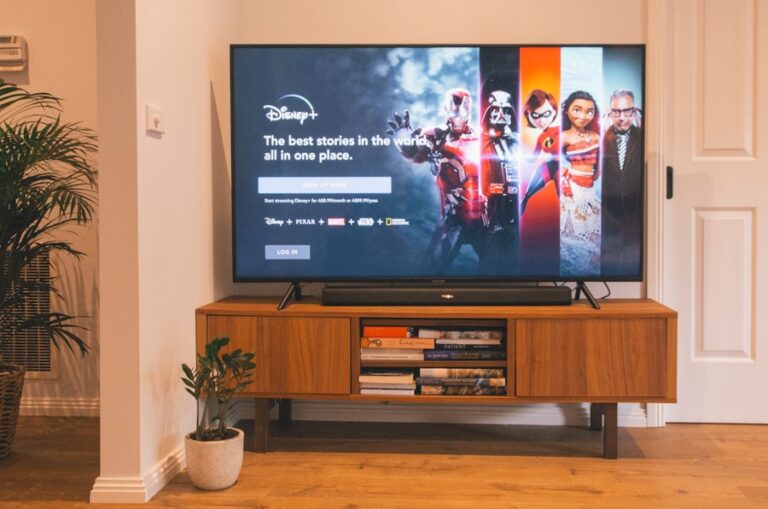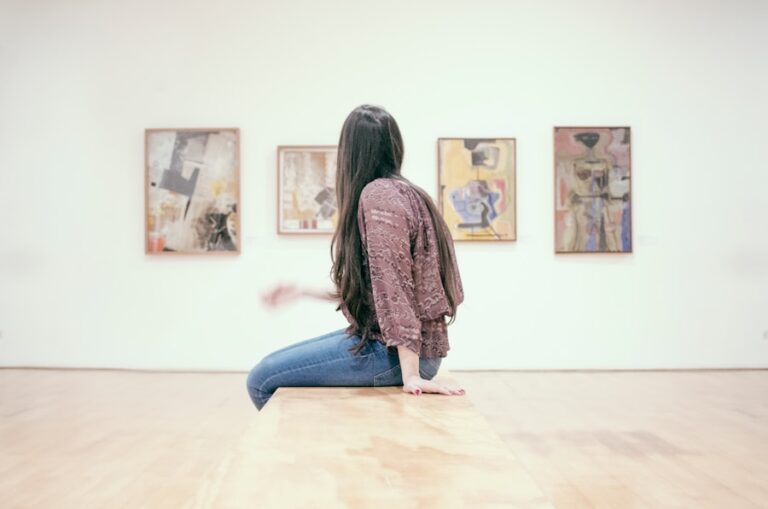Debunking the Myth: Why Digital Art is Not Cheating
Digital art is a form of artistic expression that utilizes digital technology as a medium. It encompasses a wide range of creative works, including digital painting, 3D modeling, animation, and interactive installations. Unlike traditional art forms, digital art is created and displayed using electronic devices such as computers, tablets, and smartphones. This allows for a unique and dynamic approach to artistic creation, as artists can manipulate and transform their work with the use of digital tools and software. Digital art has become increasingly popular in recent years, as advancements in technology have made it more accessible to a wider audience. It has also opened up new possibilities for artistic innovation and collaboration, making it an exciting and dynamic field within the art world.
Historical Context: The Evolution of Digital Art
The roots of digital art can be traced back to the 1950s, when computer technology first began to emerge as a tool for artistic expression. Early pioneers in the field, such as John Whitney and Vera Molnar, experimented with using computers to generate visual patterns and designs. As technology continued to advance, so too did the possibilities for digital art. The development of graphic design software in the 1980s and 1990s allowed artists to create and manipulate images with greater ease and precision. This led to the rise of digital painting and illustration as popular forms of digital art. In the 21st century, the advent of 3D modeling and animation software has further expanded the scope of digital art, allowing artists to create immersive and interactive experiences. Today, digital art continues to evolve with the emergence of new technologies such as virtual reality and augmented reality, pushing the boundaries of what is possible in the realm of artistic expression.
Technical Skill: The Complexity of Digital Tools
Creating digital art requires a high level of technical skill and proficiency with digital tools and software. Artists must be adept at using programs such as Adobe Photoshop, Illustrator, and Autodesk Maya to bring their creative visions to life. They must also have a strong understanding of color theory, composition, and visual storytelling in order to effectively communicate their ideas through digital mediums. Additionally, digital artists often need to be familiar with coding and programming languages in order to create interactive and generative art. The complexity of digital tools can be daunting for newcomers to the field, but with dedication and practice, artists can develop the technical expertise needed to excel in the world of digital art.
Creativity and Innovation: The Versatility of Digital Art
One of the most exciting aspects of digital art is its versatility and potential for innovation. Digital artists have the ability to experiment with a wide range of techniques and styles, from hyper-realistic digital paintings to abstract 3D sculptures. They can also incorporate multimedia elements such as sound, video, and interactivity into their work, creating immersive and engaging experiences for viewers. The flexibility of digital tools allows artists to push the boundaries of traditional artistic mediums, blurring the lines between painting, sculpture, and animation. This has led to the emergence of new genres and movements within digital art, such as glitch art, net art, and virtual reality experiences. As technology continues to advance, so too will the possibilities for creative expression within the realm of digital art.
Accessibility and Inclusivity: Digital Art for Everyone
One of the key advantages of digital art is its accessibility to a wide audience. Unlike traditional art forms that may require physical space or materials, digital art can be easily shared and distributed online. This allows artists to reach a global audience and connect with other creators from around the world. Additionally, digital art has the potential to be more inclusive than traditional art forms, as it can be created and experienced by people with diverse abilities and backgrounds. For example, individuals with physical disabilities may find it easier to create digital art using assistive technologies such as eye-tracking devices or adaptive software. Furthermore, digital platforms such as social media and online galleries provide opportunities for emerging artists to showcase their work and connect with potential collaborators and patrons. This democratization of the art world has led to a more diverse and vibrant creative community.
Collaboration and Community: The Power of Digital Platforms
Digital art has also fostered a sense of collaboration and community among artists and enthusiasts. Online forums, social media groups, and virtual events provide spaces for artists to share their work, exchange ideas, and receive feedback from their peers. This sense of interconnectedness has led to the formation of online collectives and collaborative projects that bring together artists from different disciplines and backgrounds. Additionally, digital platforms have enabled artists to engage with audiences in new and innovative ways, such as through live streaming, virtual exhibitions, and interactive installations. These platforms have also facilitated new modes of artistic expression, such as generative art that responds to real-time data or participatory experiences that invite viewers to become active participants in the creative process. As digital art continues to evolve, so too will the ways in which artists connect with each other and engage with their audiences.
Embracing Digital Art as a Legitimate Form of Expression
In conclusion, digital art has emerged as a legitimate and dynamic form of artistic expression that continues to push the boundaries of creativity and innovation. Its evolution from early experiments with computer technology to the diverse range of styles and techniques seen today reflects the ever-changing landscape of digital media and technology. As digital tools become more accessible and advanced, so too will the possibilities for artistic exploration within the realm of digital art. It is important for the art world to embrace digital art as a legitimate form of expression, recognizing its potential for inclusivity, collaboration, and innovation. By doing so, we can foster a more diverse and vibrant creative community that celebrates the unique possibilities offered by digital technology. Whether it’s through immersive virtual reality experiences or interactive generative art, digital art has the power to captivate and inspire audiences in ways that traditional mediums cannot. As we look towards the future, it is clear that digital art will continue to play a significant role in shaping the artistic landscape for years to come.







